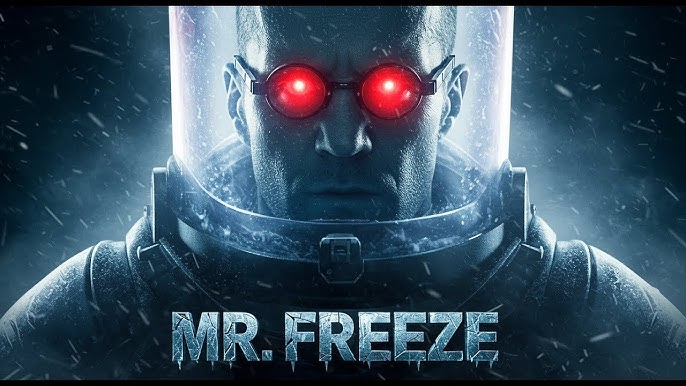In the underworld of Southeast Asia, where borders blur and justice is often lost in the shadows, Kill Zone 2 unfolds like a whirlwind of fate, fury, and redemption. At its core, it is not simply a martial arts spectacle—it is a story of fractured lives colliding in a violent dance of consequences, where each punch echoes with purpose, and every decision carries a weight far beyond the body.

The story begins with Kit, an undercover Hong Kong cop whose life spirals out of control when his mission to infiltrate a global organ trafficking ring leads to betrayal. Framed by the very criminals he’s sworn to take down, Kit is exiled to a brutal Thai prison, abandoned by his handlers and forgotten by his world. With his mind fractured and his body pushed to the limit, he clings to the hope that someone, somewhere, still believes in him.

Meanwhile, in Bangkok, Chatchai, a principled prison guard, hides a secret of his own. His daughter lies dying in a hospital, her only hope of survival depending on a matching bone marrow donor. Desperate and drowning in medical debts, Chatchai’s integrity is tested when he is offered money to turn a blind eye to a secret operation taking place inside his prison—an operation led by a powerful crime syndicate dealing in black market organs. What he doesn’t know is that Kit, the mysterious prisoner recently transferred into his facility, may be the only match for his daughter’s life-saving transplant.
Fate binds the two men, unknowingly linked by blood and by destiny. As Kit fights to retain his identity and escape the prison’s corrupt system, Chatchai begins to suspect that the man behind bars may be more than he appears. The emotional weight builds slowly, until the truth surfaces—and with it, a decision that will cost them both dearly.
Visually, Kill Zone 2 is a masterclass in kinetic storytelling. Every fight scene is a symphony of brutality and grace—bone-crunching, stylized, yet never gratuitous. The combat choreography, particularly between Tony Jaa (as Chatchai) and Wu Jing (as Kit), is both thrilling and deeply character-driven. Fists speak where words fail, and the battle becomes a physical manifestation of desperation, anger, and love.
But beyond the martial arts spectacle lies a human story—one about sacrifice, family, and the price of justice in a world riddled with corruption. The villains are not mere caricatures; they are cold, calculated, and terrifyingly real, operating beneath the guise of a global healthcare conspiracy that exploits the vulnerable. The stakes are not abstract—they are organs, lives, and time running out.
The climax is a crescendo of emotion and violence. As Kit and Chatchai join forces to bring down the syndicate from within, the prison becomes a battleground. Steel gates shatter, blood spills, and alliances are forged in fire. In a heart-wrenching finale, Kit offers himself as a donor, fully aware of the cost. He is not just saving a child—he is reclaiming his soul.
Kill Zone 2 ends not with triumph, but with solemn hope. Justice is served, but at a price. The camera lingers on Chatchai, now holding his daughter’s hand, tears mixing with silent gratitude. Kit, though battered and scarred, walks away into a quiet dawn, forgotten by the world—but remembered by those whose lives he saved.
In the end, Kill Zone 2 reminds us that heroism doesn’t always wear a badge or roar in victory. Sometimes, it bleeds in silence, fights in shadows, and walks away without a name.



